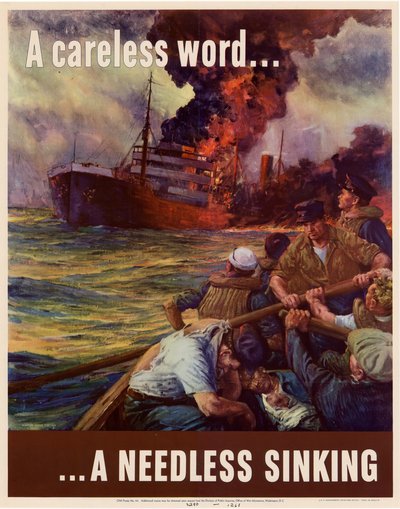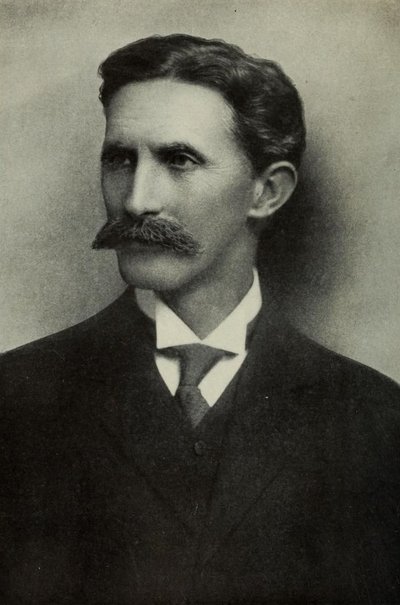The Search For Sunken Gold
Monday, 12 June 2017By John Heffernan


Everyone knows about the £40m of gold recovered in the 1980s from the wreck of HMS Edinburgh which was sunk in the Arctic Sea. Not so well known is that there is at least a hundred times that much gold waiting to be recovered from British merchant ships that were ferrying gold about during two world wars.
The problem is that unlike Royal Navy ships information on sinking of merchant ships and their cargoes has always been scrappy. But now the Daily Mail has published an exclusive article (March 18) telling how City of London marine lawyers Campbell Johnston Clark has painstakingly pieced together a data base showing the location of hundreds of war-time wrecks carrying gold as well as how much and even where on board it was stored.
For treasure seekers this information is comparable to that about Spanish galleons sunk now stored in the great library in Seville, information which makes it the first port of call for all treasure seekers. Now a £15m venture to recover gold from a cluster of three ships sunk west of Ireland will start this summer thanks to the new City data base. What is most intriguing about the gold sunk by U-boats is how they were able to target which ships were carrying gold.
An example of this is the “City of Benares” which in September 1940 left Liverpool carrying hundreds of children being evacuated to America in a convoy of 18 ships. They all perished. But why had it been singled out by a U-boat It later emerged that it was carrying gold to pay for US munitions. A similar incident a few days later with another ship suggests the Germans had prior information. This almost certainly was true during the Great War and the idea for the modern-day version of a treasure data base only began when a partner, while going through some marine wills at the Public Records Office, discovered a letter that had been misfiled.
This letter, dated 1915, was to the Chancellor Reginald McKenna and had been sent by Sir George Paish, who at the time was the government’s senior economic adviser at the Treasury. It pointed out that the Bank of England was in the habit of advising the market of any sales of gold on the very day that the gold was shipped out of the country. From this information it was relatively easy for the Germans to deduce from published liner sailing information which ships had sailed that day (it was already known that only certain liners were licensed to carry gold).
Little was ever published about the gold losses. This was partly because while private gold was insured, Bank of England gold was self-insured and anyway the government did not want the public to know about the loss of so much public money.
What the Daily Mail article did not tell about this 1915 letter is how Sir George Paish had been tipped off about the Bank’s idiocy by his great friend Sir Edgar Speyer, a leading City banker and, like Paish, a personal friend of Lloyd George. Sir Edgar in pre-Great War days was chairman of UERL (Underground Electric Railways London) from 1906 to 1916 and he put together what was to become London Transport (tube and buses). He was also a music lover who financed the start of the Proms. His “reward” was to be most disgracefully pilloried because of his German Jewish origins and he was eventually stripped of his Privy Council membership.
German bankers were so angry at this shameful treatment of one of their kind that they shunned the City of London in the 1920s and it was not until the 1970s, when we joined the Common Market, that Deutsche Bank opened a City branch.
We had the privilege of knowing Sir George Paish (1867-1957) in his later years when he was still a great enthusiast for Free Trade. The son of a coachman he had started work aged 14 at “The Statist” magazine compiling statistics. This was at a time when there was little understanding of the subject (Florence Nightingale had only recently invented the “pie” chart) nor was it widely understood that statistics could be useful in managing businesses. As a result young George was rapidly able to become seen as an “expert” and his development of railway freight/miles and passenger/miles statistics resulted in the railway companies in both the UK and the USA much improving their efficiency. Hence the friendship with Sir Edgar of UERL.
In the Edwardian era Paish became seen as one of the leading economists of the age and he was knighted in 1911. As it happens that was the year the Kaiser had wanted to go to War with France, but put it off when 200 German businessmen implored him to give them a couple of years to sort out their international investments. Overseas investment at that time was regarded with suspicion by the British public, seen by many as a form of tax-dodging. But Paish at “The Statist” , along with his friend Francis Hirst at “The Economist”, convinced Lloyd George otherwise.
Paish’s reputation at “The Statist” was such that on one of his frequent trips to America he was called on to advise President Wilson. He could also be credited with stopping the London Discount Market from declaring insolvency when there was a “run”. With War looming Lloyd George persuaded him it was his duty to become a civil servant (which idea he hated) and join the Treasury. There, in preparation for his retirement in 1915, he took on as his assistant, and prospective successor, a young man from Cambridge, a very different background from his own as the coachman’s son who had self-educated himself at night school. His assistant’s name was Keynes.